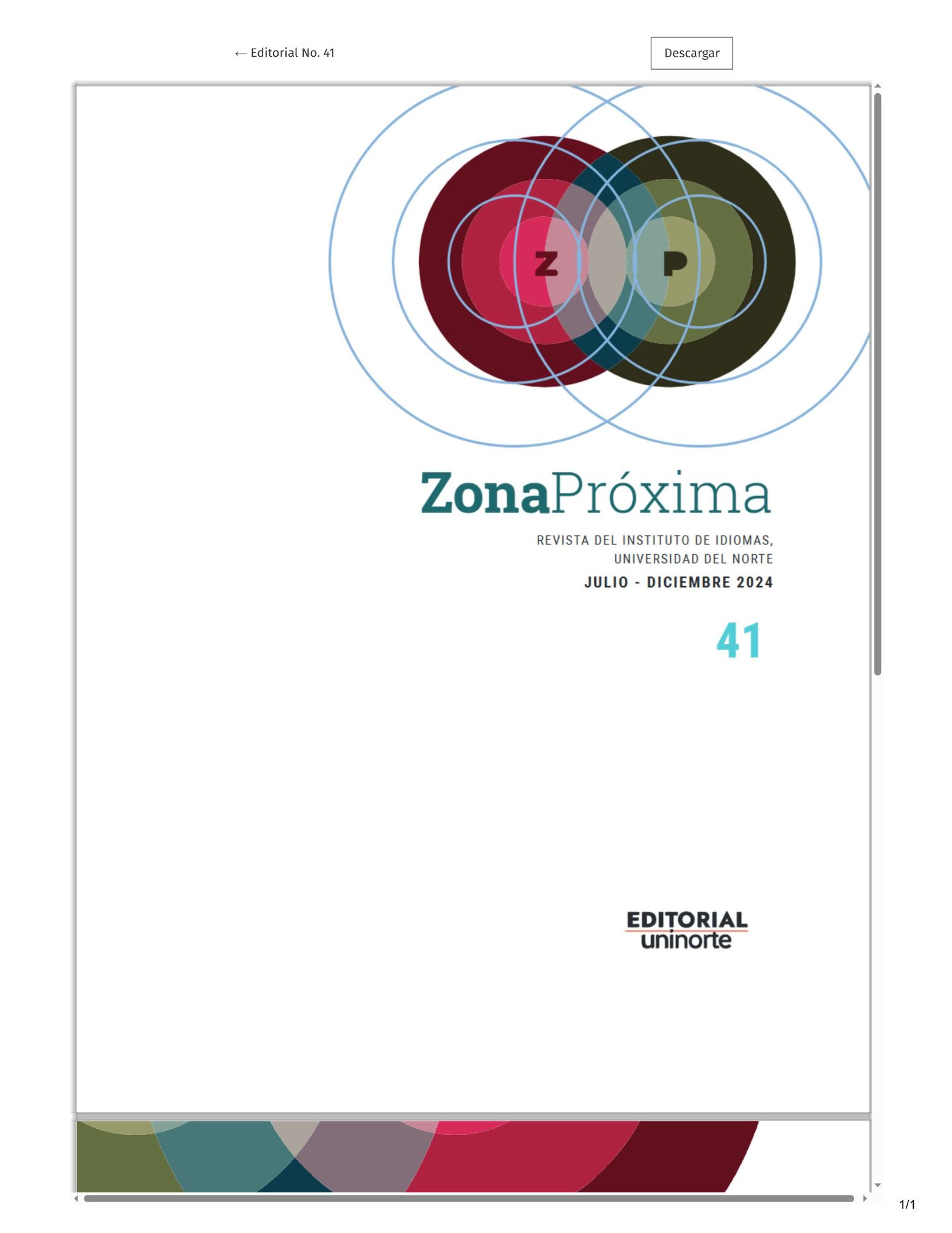Abstract
The aim of this study is to determine the effect of solid construction on 3D rotation.
Applying a quasi-experimental, before and after, with non-equivalent control group. The subjects were students of first semester of Industrial Design and Graphic Design, aged between 17 and 22 years, of both genders.
The methodology of the class consisted of build, in groups of two students, a polyhedron with cardboard from the same capacity and delivery of the polyhedron with a written report, in person. Finally, in the subsequent class, each group exposed calculations made and the construction process. The Wilcoxon-Mann-Whitney test, was taken as a model of statistical decision in order to determine whether there were significant variations in the level of spatial relationships. Finding of the study support the working hypothesis with a 95% confidence level.
References
Ben-Chaim, D., Lappan, G. & Houang, R. (1988). The effect on Instruction on Spatial Visualization Skills of Middle School boys and girls. American Educational research Journal. 25(1), 51-71.
Bonilla, E. y Rodríguez, N. (2005). Más allá del dilema de los métodos: La investigación en ciencias sociales, 3a ed. Santafé de Bogotá D.C.: Universidad de los Andes y Grupo Editorial Norma.
Bruner, J. (1997). La educación, puerta de la cultura. Madrid: Visor.
Bruner, J. (2002). Acción, pensamiento y lenguaje. Madrid: Alianza.
Demetriou, A., Christou, C., Spanoudis, G. & Platsidou, M. (2002). The development of mental processing: Efficency, working memory, and thinking. Monographs of the Society of Research in Child Development (Serial Number 267).
Ekstrom, R., French, J., Harman, H. & Dermen D. (1976). Kit of factor-referenced cognitive tests. Princenton: Educational Testing Service.
Godino, J. (2004). Matemáticas para maestros. Granada : Proyecto de Investigación y Desarrollo del Ministerio de Ciencia y Tecnología y Fondos FEDER.
Gutiérrez, A. (1992). Procesos y habilidades en visualización espacial, Memorias del Tercer Simposio Internacional sobre Investigación en Educación Matemática: Geometría, 44-59.
Gutiérrez, A. (1996). The aspect of polyhedra as a factor influencing the student’s ability for rotating them. In Batturo, A. R. (Ed.), New directions in geometry education, (pp. 23-32). Brisbane: Centre for Mathematics and Science Education, Q.U.T.
Hernández, R., Fernández, C. y Baptista, P. (2014). Metodología de la investigación. 6a ed. México: Mc Graw Hill.
Lohman, D. (1988). Spatial abilities as traits, processes and knowledge. In R. J. Sternberg (Ed.), Advances in the psychology of human intelligence, vol. 40 (pp. 181–248). Hillsdale: LEA.
Rojas, C. (2013). La instrucción geométrica y la representación plana de módulos multicubos en un grupo: un diseño preexperimental. Zona Próxima, 19, 56-62.
Siegel, S. y Castellan, N. (2005). Estadística no paramétrica: Aplicada a las ciencias de la conducta. México: Trillas.


